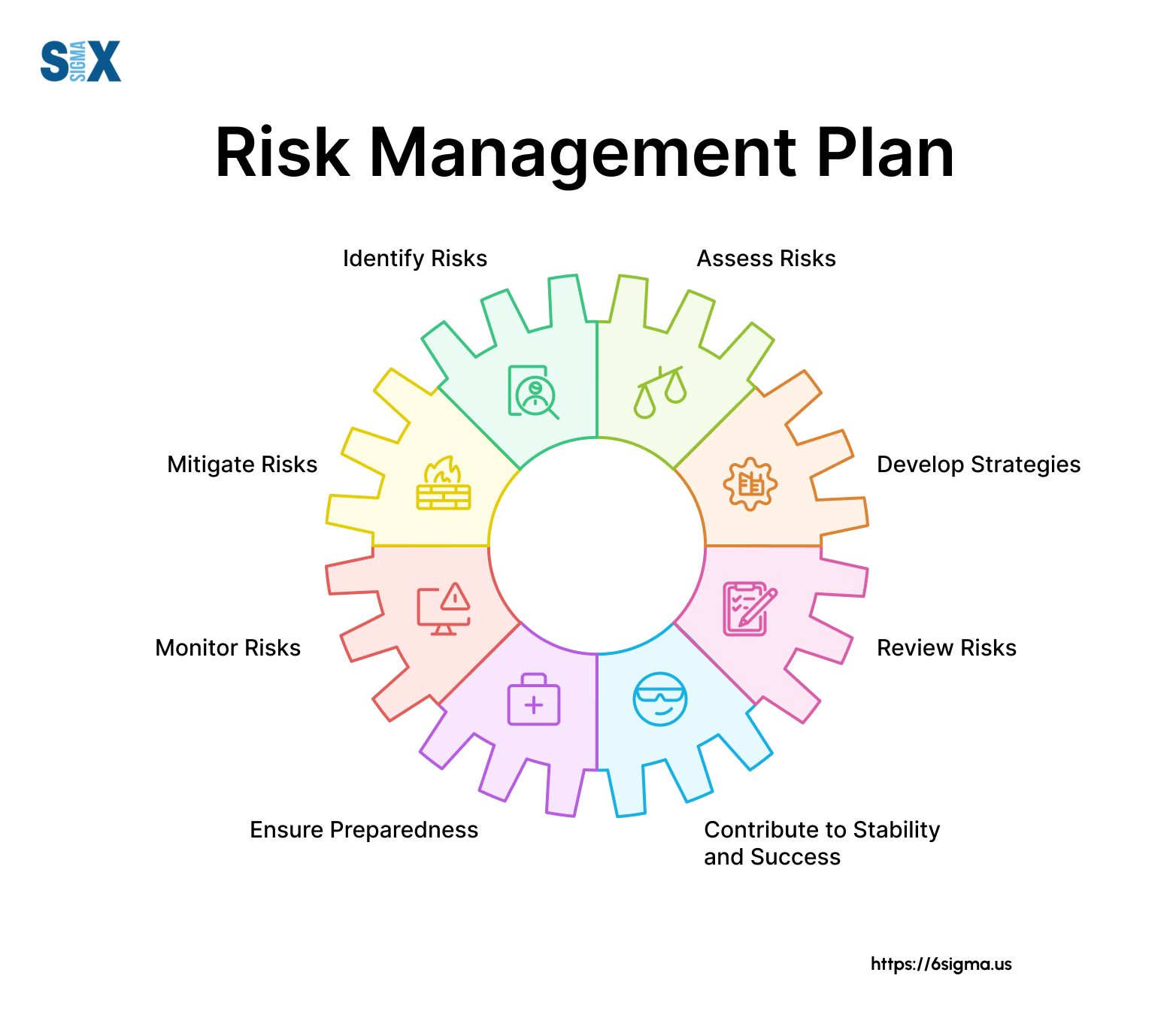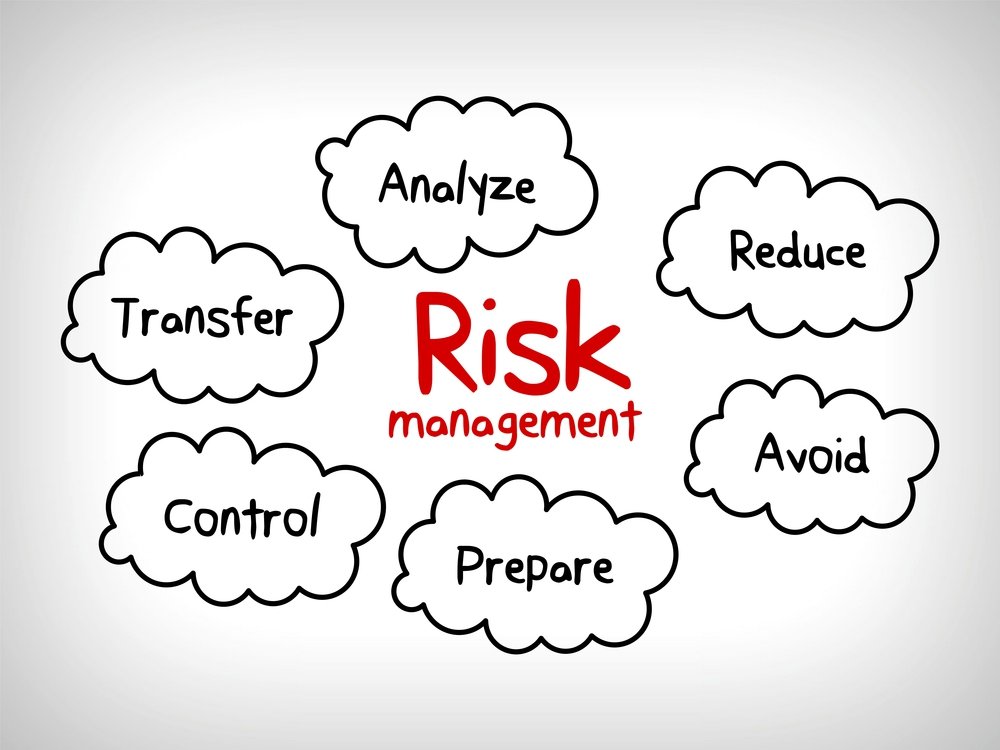Exploring the Expanding Importance of Risk Management in Corporate Strategy
Exploring the Relevance of Risk Management for Effective Decision-Making Techniques
In the complex world of business, Risk Management emerges as an essential element in the decision-making process. The ability to identify possible dangers and chances, and strategize appropriately, can spell the distinction between success and failing.
Understanding the Principle of Risk Management
Risk Management, an important component in decision-making, is often misunderstood or oversimplified. Usually, it describes the identification, analysis, and prioritization of threats to reduce, monitor, and regulate the possibility or influence of unfavorable occasions. Nonetheless, it's not just concerning stopping unfavorable end results, however additionally concerning identifying potential possibilities. Risk Management involves disciplined and organized techniques, using data and informative assessments. It calls for a detailed understanding of the organization's context, purposes, and the potential dangers that can thwart them. From monetary unpredictabilities, legal responsibilities, critical Management mistakes, to mishaps and natural catastrophes, it attends to numerous threats. Significantly, efficient Risk Management is not stationary; it's a constant, positive process that develops with altering circumstances.
The Role of Risk Management in Decision-Making Processes
In the world of strategic preparation and business procedures, Risk Management plays an important role in decision-making procedures. It helps in determining possible hazards and uncertainties that might impact the accomplishment of company purposes. By mapping these risks, business can formulate approaches to minimize their effect, making certain service connection and stability. Risk Management thus ends up being an essential tool in decision-making, aiding leaders to make informed selections based on a thorough understanding of the risks included. It urges a proactive technique, allowing organizations to anticipate and prepare for feasible future scenarios. This significantly reduces the probability of negative repercussions, promoting extra efficient and efficient decision-making methods. Therefore, Risk Management offers as an essential element in the decision-making processes of any kind of organization.

Exactly How Risk Management Improves Strategic Planning
In the context of critical preparation, Risk Management plays a pivotal role. Initiating with the identification of potential dangers, it even more encompasses the application of Risk reduction measures. The function of Risk Management is not static but vibrant, as it demands constant monitoring and adjusting of techniques.
Recognizing Possible Threats

Applying Risk Reduction
Having actually developed the importance of determining potential dangers, the next step is to discover Risk reduction. This procedure involves creating and applying techniques to manage determined dangers efficiently. It is a vital element of critical planning as it enhances decision-making by reducing prospective adverse end results. Risk mitigation strategies can vary from Risk evasion, Risk transfer, to take the chance of decrease. Each method ought to be tailored to the specific Risk, considering its potential influence and the organization's Risk resistance. Furthermore, effective Risk mitigation requires a deep understanding of the Risk landscape and the prospective impact of each Risk. This understanding enables organizations to focus on risks and allocate sources efficiently, guaranteeing that the most substantial threats are attended to first.
Surveillance and Readjusting Approaches
Though Risk mitigation is a critical step in strategic planning, continual tracking and change of these methods is just as important. It also supplies an opportunity to evaluate the success of the Risk Management procedures, allowing modifications to be made where necessary, further boosting critical preparation. Tracking and changing Risk Management approaches is an important element for improving a company's resilience and critical preparation.
Situation Researches: Effective Risk Management and Decision-Making
In the globe of organization and money, effective Risk Management and decision-making frequently offer read this post here as the pillars of prosperous ventures. These instances highlight the worth of sharp Risk Management in decision-making processes. These cases highlight the critical function of Risk Management in calculated decision-making.
Tools and Techniques for Efficient Risk Management
These devices, such as Risk signs up and warm maps, help in recognizing and analyzing prospective threats. Risk action approaches, a key part of Risk Management, include accepting, staying clear of, transferring, or mitigating threats. With these tools and strategies, decision-makers can navigate the complex landscape of Risk Management, therefore assisting in informed and efficient decision-making.
Future Trends in Risk Management and Decision-Making Approaches
As we discover the huge landscape of Risk Management, it becomes apparent that the tools and methods utilized today will remain to develop. Future fads direct in the direction of an increased dependence on technology, with synthetic knowledge and artificial intelligence playing considerable duties. These technologies will certainly allow companies to forecast possible threats with higher accuracy and make even more enlightened decisions. Furthermore, there will be an expanding focus on durability, not simply in managing dangers however likewise in bouncing back from damaging scenarios. Lastly, the idea of Risk culture, where every member of a company knows and associated with Risk Management, will get extra importance. These fads declare a more aggressive and inclusive technique in the direction of Risk Management and decision-making.
Conclusion

Risk Management hence becomes an important tool in decision-making, helping leaders to make informed options based on a detailed understanding of the dangers included. Risk mitigation techniques can range from Risk evasion, Risk transfer, to risk reduction (importance of risk management). Reliable Risk reduction calls for a deep understanding of the Risk landscape and the prospective impact of each Risk. Risk action strategies, a crucial part of Risk Management, involve approving, preventing, transferring, or mitigating threats. The principle of Risk culture, where internet every member of an organization is mindful and entailed in Risk Management, will gain much more prominence